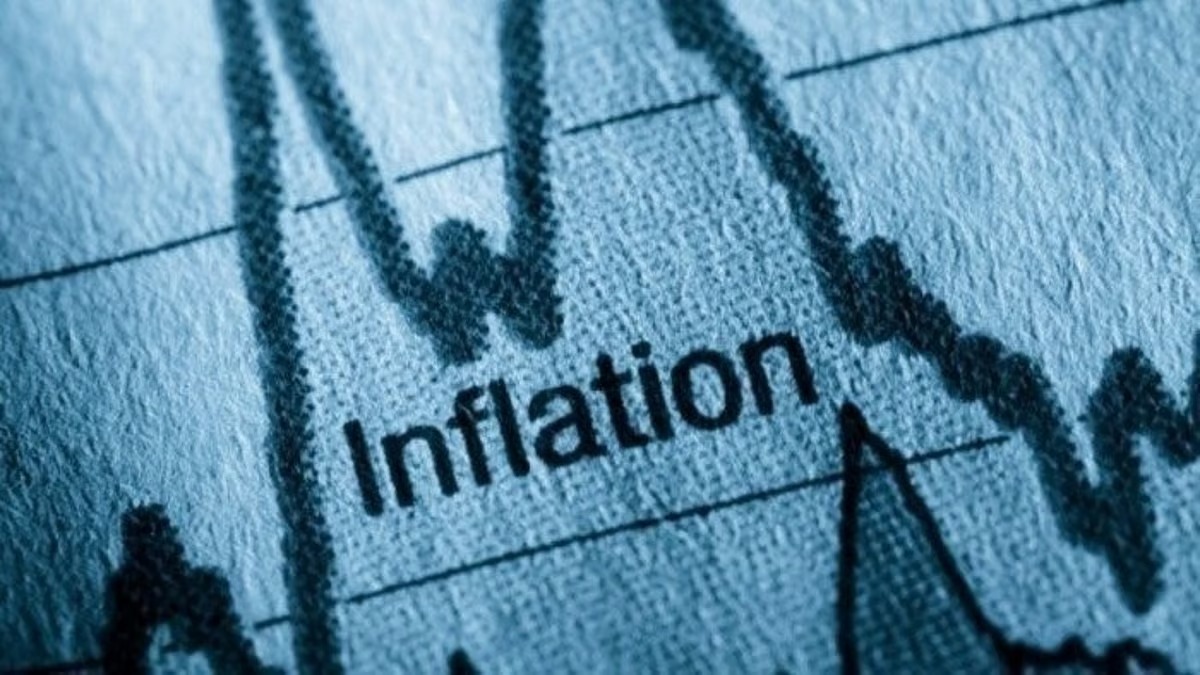India’s latest inflation data for July 2025 reveals significant development in consumer price trends, highlighting a continued easing in inflationary pressures, particularly in the food sector. The government’s provisional statistics show that consumer price-based food inflation has declined to -1.76 percent year-over-year (Y/Y), while overall consumer price inflation stood at a modest 1.55 percent Y/Y, below the Reuters forecast of 1.76 percent. This data marks a further dip in inflation, presenting an economic landscape that offers considerable relief to households and could influence monetary policy decisions.
Key Highlights from July 2025 Inflation Data:
Headline Inflation: The overall Consumer Price Index (CPI) inflation for July registered at 1.55 percent Y/Y, a 55 basis points decline from June 2025, making it the lowest inflation rate recorded since June 2017.
Food Inflation: The Consumer Food Price Index (CFPI) based food inflation showed a significant contraction of -1.76 percent Y/Y, which is the lowest since January 2019. Both rural and urban sectors experienced negative food inflation, at -1.74 percent and -1.90 percent respectively.
Rural Inflation: The rural headline inflation decreased to 1.18 percent in July from 1.72 percent in June, with food inflation contracting sharply from -0.87 percent in June to -1.74 percent in July.
Urban Inflation: Urban areas also saw a decline, with headline inflation dropping from 2.56 percent in June to 2.05 percent in July, and food inflation falling more deeply into negative territory at -1.90 percent.
Housing and Education Inflation: Housing inflation remained relatively steady at 3.17 percent Y/Y, while education inflation eased slightly to 4.0 percent in July from 4.37 percent in June.
Breaking Down the Inflation Trends:
The sharp decline in inflation, especially in the food segment, can be attributed mainly to favorable base effects compared to last year, and a slowdown in price rises across several key food items such as pulses, cereals, vegetables, eggs, sugar, and sugar confectionery. Seasonal factors, including a better spring harvest and sustained supply levels, have helped stabilize food prices despite weather variability.
The drop in food inflation is a critical driver behind the overall moderation of retail inflation, extending a long period of disinflation that the country has been experiencing. This ongoing trend provides a welcome respite to consumers and boosts their real purchasing power amid global economic pressures.
Rural and urban areas both reflect this easing, though urban regions continue to see slightly higher inflation compared to rural. This divergence often relates to different consumption patterns and price dynamics in services and housing.
Monetary Policy Implications:
The benign inflation environment offers Reserve Bank of India (RBI) greater flexibility in its monetary policy approach. With inflation falling below the RBI's lower tolerance threshold of 2 percent for the first time in over six years, policymakers may consider this data in decisions on interest rates and other measures to support economic growth. The RBI’s current policy stance appears accommodative, with no immediate rate hikes expected as inflation remains subdued.
Outlook and Economic Significance:
This inflation data is a positive signal for India’s economic stability, particularly ahead of the critical monsoon and harvest seasons. Sustained low inflation can enhance consumer confidence and support household spending, which is a vital engine of growth. Moreover, reduced inflationary pressures may ease costs for businesses, potentially catalyzing investment.
However, while food and headline inflation have softened significantly, certain categories such as housing and education continue to show relatively higher inflation, indicating pockets where cost pressures persist.
In conclusion, India’s July 2025 inflation numbers underscore a period of low inflation unprecedented in recent years, driven largely by declining food prices and favorable seasonal effects. This development is significant for consumers, policymakers, and investors alike, reaffirming India’s economic resilience and providing a conducive environment for sustained growth.
Source: Government of India Ministry of Statistics and Programme Implementation (MOSPI), Reuters

